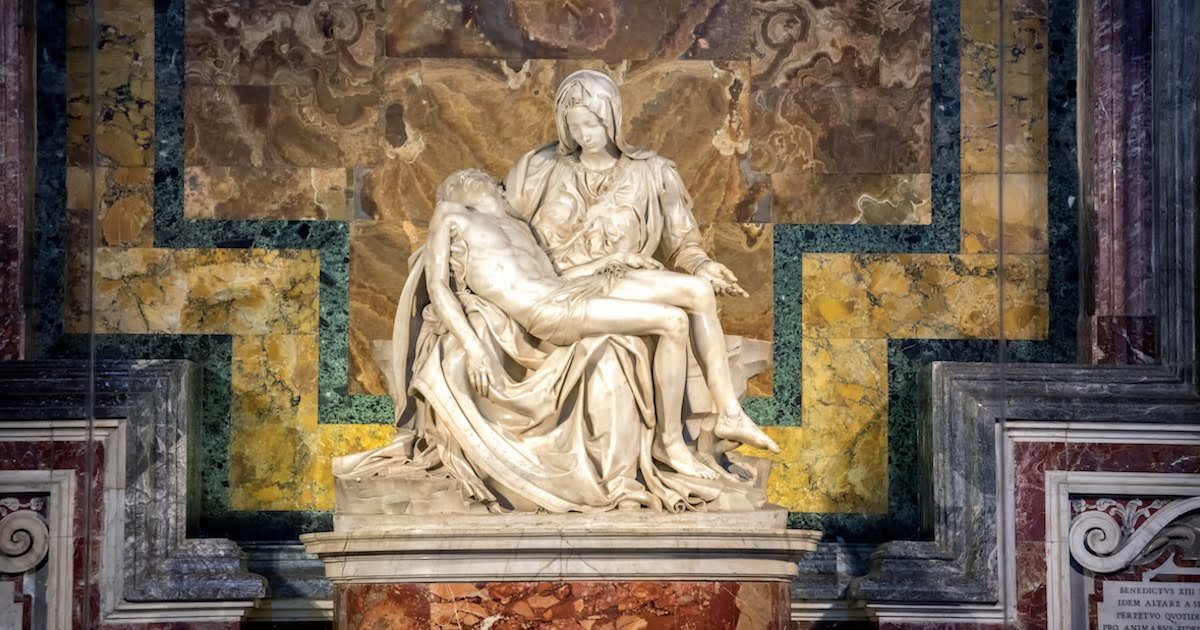Sculpture from the Renaissance era is diverse and typically large in scale. A great deal of Renaissance sculpture may be seen up close and personal without having to shell out money for admission to a museum or gallery.
Florence is home to a slew of outstanding examples. Among these is Michelangelo’s David. The gilded bronze papal altar in St. Peter’s Basilica in Rome, designed by Bernini and Michelangelo, is a must-see.
Piazza Della Signoria is the name given to the square in front of the Palazzo Vecchio in Florence. If you’re in the region, you’ll be able to see a lot of great art without having to pay a price.
Leonardo’s instructor Verrocchio and his students Donatello and Ghiberti produced some of the best early Renaissance sculptures.

Giambologna. (Giovanni da Bologna)
Giambologna is the shortened form of Giovanni da Bologna (1529-1608). When he was a teenager, he moved to Rome to study Michelangelo’s work and the Ancients.
The Medici dynasty hired him as a sculptor and he became one of the most important artists of the Late Renaissance in Florence.
Born in Flanders, Giambologna traveled to Italy with his family in 1550. He was profoundly influenced by Michelangelo’s work and had a strong interest in classical antiquity’s art.
Early Roman history is referred to in the story of the Sabine Women. Romans abducted and convinced the Sabine ladies to accept their fate when they refused to let their women marry the Romans.
Michelangelo Buonarroti
In the sixteenth century, Michelangelo Buonarroti was one of the finest sculptors of all time.
The David statue by Michelangelo is without a doubt the most famous artwork ever created. Carved from Carrara marble, it is one of the Renaissance’s most recognizable masterpieces.
The original statue presently resides in Florence, Italy’s Accademia Gallery. However, a duplicate of this great masterpiece has been installed in Florence’s Piazza della Signoria. Visitors to the city are welcome to view this exact duplicate.
Rome’s Pieta can be found in St. Peter’s Basilica in the Italian capital. Even though it was carved before Michelangelo’s David, this sculpture is nonetheless of extraordinary beauty.
Astounding is the artist’s ability to portray sensitivity in the figures that make up the overall composition.
As she looks down at her son’s lifeless corpse, Mary, Christ’s mother, is overcome with grief.
Michelangelo’s mastery is evident in these two stunning works of art. A master of his craft, he seems to be able to manipulate marble with such ease that it seems as though he is almost begging the stone to bend to his will.
Renaissance Sculpture Benvenuto Cellini
Artist and goldsmith Benvenuto Cellini was born in Venice. For Cardinal Ippolito d’Est he produced the renowned golden saltcellar, he was imprisoned for looting and, by contrast, he was convicted of theft and sentenced to death.
When the Kunsthistorisches Museum’s salt cellar, which King Francois I of France had purchased, was stolen in 2003, it was found in January 2006 and returned to its rightful owner.








